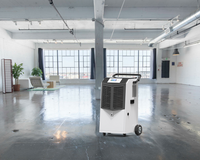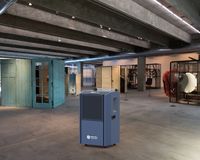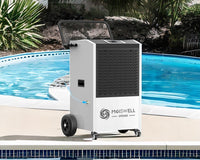Water damage is more than just a visible nuisance; its repercussions extend far beyond the initial signs of dampness or wetness.
Structural Integrity Compromises:
Water infiltration can weaken building materials over time. It leads to rotting wood, rusting metals, and degradation of structural components. This compromises the integrity of the entire structure, potentially resulting in costly repairs and safety hazards.
Mold and Mildew Growth:
Excess moisture creates the perfect breeding ground for mold and mildew. These microorganisms not only damage surfaces and emit musty odors but also pose severe health risks, triggering allergies, respiratory problems, and other health issues.
Electrical Hazards:
Water intrusion into electrical systems can lead to short circuits, malfunctioning appliances, and even electrical fires. This poses a significant risk to occupants and property.
Deterioration of Belongings:
Water damage can ruin valuable belongings such as furniture, carpets, electronics, documents, and sentimental items. These losses are often irreversible and emotionally distressing.
Compromised Indoor Air Quality:
Damp environments foster the growth of harmful airborne particles, leading to poor indoor air quality. This can exacerbate existing health conditions and cause discomfort to occupants.
Pest Infestation:
Damp environments attract pests like termites, cockroaches, and rodents. These pests can further damage the property and pose health risks.
The ramifications of water damage are far-reaching and impactful, affecting both property and personal health. Preventive measures and efficient solutions are key to mitigating these problems.
The Perils of Water Damage: Unveiling Its Devastating Effects





